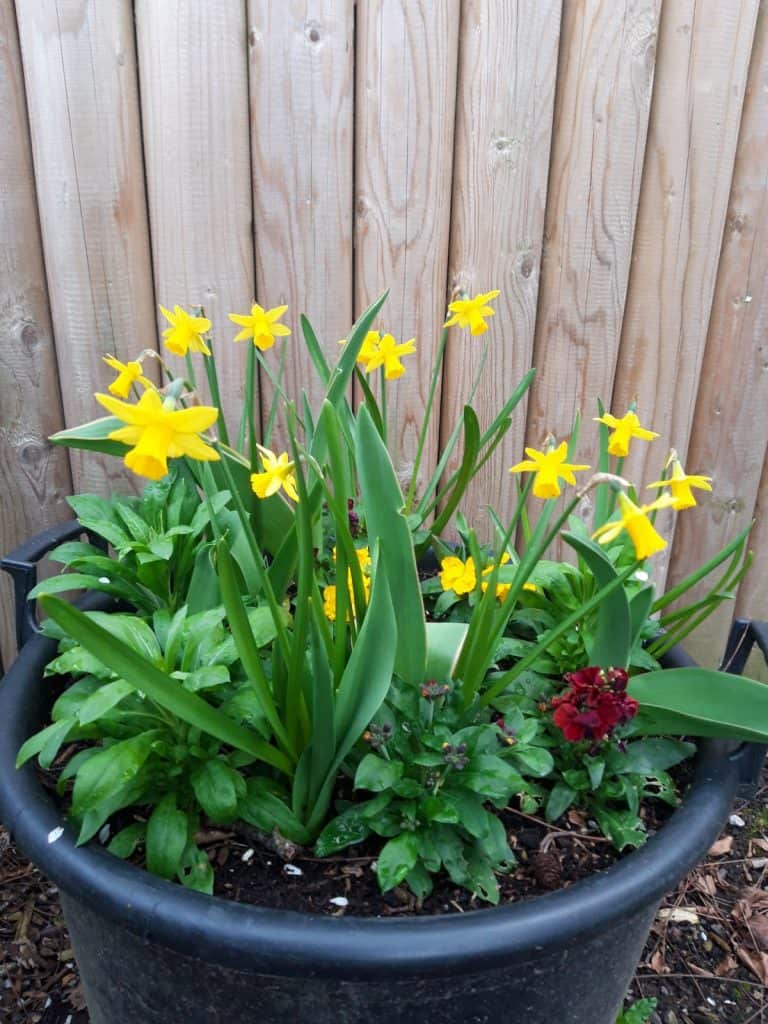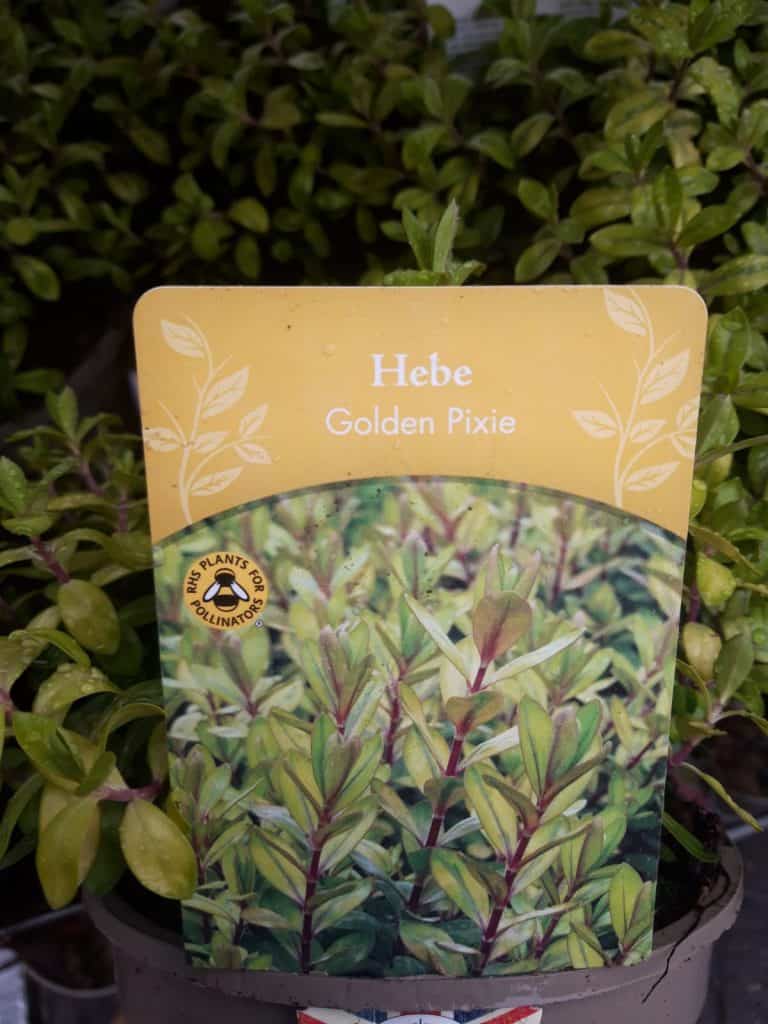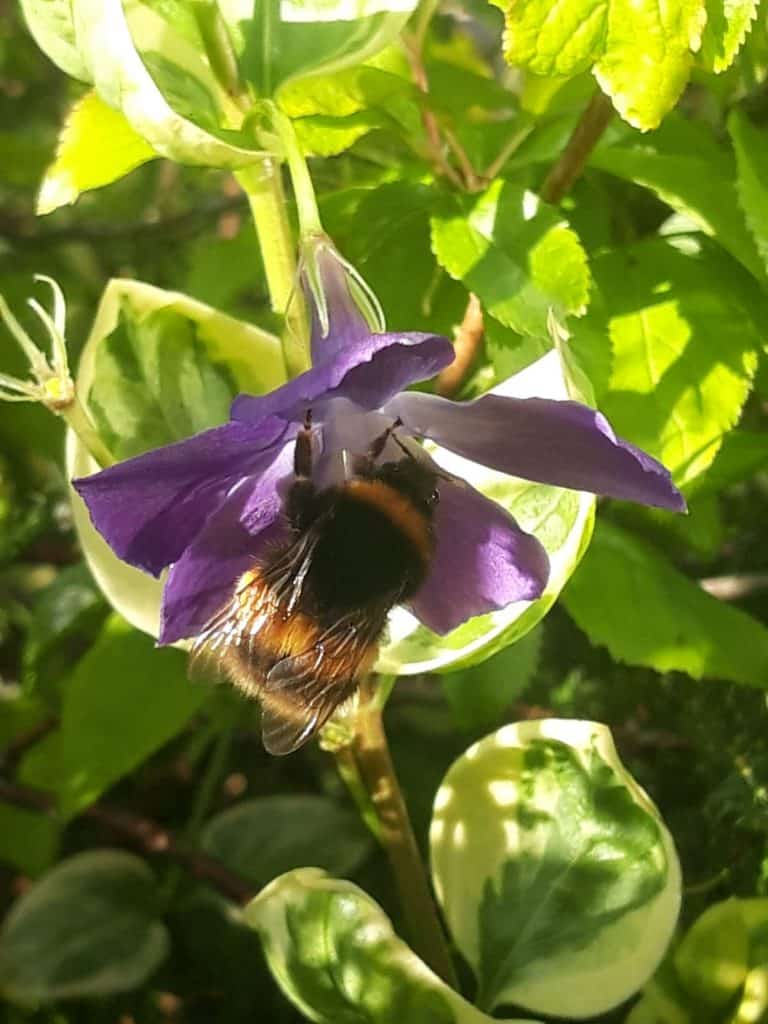This week my plan was to do a blog on spring. However, seeing what the weather has been like in recent days I may need to rethink my plan and do it on winter instead! Snow, sleet, hail, wind and rain, we’ve had it all haven’t we? Although, it’s not all bad as Spring is in evidence as daffodils are flowering and trees start to bloom, but for me the arrival of lambs bouncing around in the lush green open fields is one of many things I love about spring. Although, this year was slightly different as I saw my first goat kid before I saw my first lamb.

As the weather gets warmer and the days get longer, it’s a great time to get in the garden to start sowing seeds, preparing borders and veg patches. Take advantage as it’s a good time for pruning, cutting back winter shrubs, getting on top of those weeds early and when you can turn your attention to the lawn to give it a cut. However, I always expect the inevitable April showers as well as sunny days too but despite our warming climate there can still be hard frosts in April.
Hopefully, you will start to see more signs of wildlife in your gardens or on your balcony as the days get warmer. Ladybirds are out and about looking for aphids to eat while bees, beetles, hoverflies, and some butterflies are searching for pollen and nectar.
I have noticed a lot of birds in my garden collecting nesting materials and they will soon be laying eggs and needing to feed their young.
Hedgehogs are emerging from hibernation and need to increase their body weight in readiness for breeding. There are many ways and things you can do to welcome wildlife into your garden this month.
How gardens help wildlife
Private garden space in Britain covers about 1,801,151 acres so its potential as a haven for wildlife is huge! Many of us already provide food, water, shelter and breeding sites for a wide range of wildlife which is great. Our gardens contain many micro habitats which are so important for wildlife.

Garden birds are starting to build nests and for the smaller birds it uses a lot of their energy up. They will be looking for insects, grubs and berries as their natural food source but we can also help them by keeping our feeders well stocked up. In my garden they seem particularly partial to the suet blocks I feed out. Please remember to clean your bird feeders regularly with hot soapy water too to prevent bacteria from spreading and in turn prevent diseases from spreading amongst your new feathered friends.
Nesting materials
Another way you could help is by providing some nesting material in your garden, such as small twigs, wool, leaves, moss, and grass clippings. If you are fortunate enough to have Hedgehogs in your garden they will be starting to come out of hibernation this month. Their natural food sources are caterpillars, beetles, earthworms as well as slugs and snails. Therefore, it is so important that we don’t use pesticides in our gardens.
Bats
Pipistrelle bats are the first of the British bat species to wake from hibernation. Look into the sky after sunset and you may see them flying around near the trees trying to catch insects. If you are super keen like me then treat yourself to a bat detector, this will allow you to hear bat calls that are usually pitched at too high a frequency for humans to hear naturally.
Ponds
Wildlife ponds do not need much maintenance. A pond provides a breeding place for frogs, toads, newts, dragonflies and all the other aquatic fauna. It is also a drinking and bathing area for birds and other animals. If like me you have a relatively new garden pond, you will be eager to see the plants growing and wildlife starting to use it but patience is key. As the water warms the plants will grow and that should encourage the wildlife.
Letting your grass grow in the spring
Longer grass provides shelter and offers opportunities for egg laying for insects. Also allow the dandelions, daisies, and other wildflowers to grow in your lawn. Using weedkillers will also kill the insects on which birds, hedgehogs, and other wildlife feed. April is also the month to stop trimming hedges and bushes as the nesting season has begun.

Health of your soil
Adding compost or a mulch to your soil not only provides nutrients but also benefits all life in the soil, so it is a good sign when you have lots of worms in your soil. Earthworms are an important source of food for lots of garden wildlife, including many birds, hedgehogs, amphibians, foxes, moles, and slow worms.
If you can, please try to use peat free compost. Peat is mainly sourced from lowland raised bogs. This habitat is increasingly rare in the UK and across Europe. Peat bogs are also an important carbon sink, destroying them to make garden compost contributes to climate change. We need to conserve this diminishing natural resource, as well as the flora and fauna that depend on it.

Flower beds and Pots
When buying plants for the garden this spring spare a thought for the pollinators and invertebrates, who rely on your garden plants for shelter and food. Most garden centres use labels indicating if a plant is pollinator or bee friendly.

The warmer weather will start to bring aphids and blackfly. They provide food for many insects such as ladybirds and lacewings. Wet weather will bring out the slugs and snails providing a food source for birds, hedgehogs, and frogs. Put barriers around new shoots of flower or veg plants and sometimes even coarse bark, gravel, oats, wool, and copper bands can deter most slugs. If possible don’t use pesticides, it can be very detrimental to the wildlife food chain. A small space or lack of a garden doesn’t mean you can’t help wildlife. Pots and baskets, window boxes and big planters all form spaces where wildlife can find a home, sheltering under them, in them or being attracted to the plants they hold.

Sharing our gardens with nature brings joy and happiness to our lives. A rich diversity of plant and animal species will live happily alongside people, needing only a little helping hand from us. Hopefully I’ve encouraged you a little to start to discover what you can do to make your outside space a haven for wildlife this spring. If you need more inspiration check out our Bug Garden for wildlife friendly flowers and habitats on your next visit to WWP.


